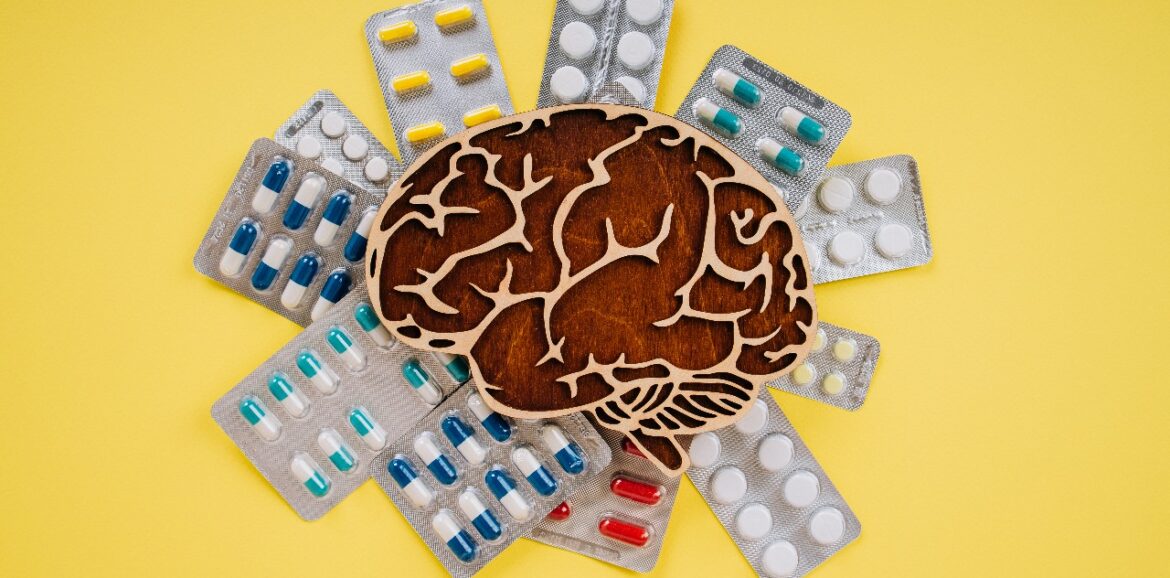Once upon a time, in the not-so-distant past, the whispers of mental health concerns were hushed, tucked away into the hidden corners of society. There was a stigma, a heavy cloak of shame that shrouded those grappling with their minds. Fast forward to today, and the narrative has shifted dramatically. Mental health is a buzzword, a topic discussed openly and earnestly. However, with this newfound awareness, some argue that we may have ventured into a territory where the human psyche is pathologized.
In our modern era, the diagnostic manuals of psychology seem to grow thicker with each edition, resembling encyclopedias of the mind. Disorders and conditions that once lingered on the outskirts of clinical discourse are now firmly nestled within the pages, expanding the boundaries of what is considered “normal.” Anxiety disorders, mood disorders, personality disorders—the list is extensive, and sometimes it feels like there’s a label for every shade of human emotion and behaviour.
This proliferation of diagnostic categories has sparked a debate: Are we over-diagnosing and pathologizing normal variations in human experience?
It’s not that the experiences encapsulated by these diagnoses aren’t real or valid. Anxiety, depression, and other mental health conditions affect millions of lives worldwide. However, critics argue that by casting such a wide net of diagnostic criteria, we risk turning ordinary human emotions and responses into disorders. In other words, the line between a genuine mental health concern and the ebb and flow of the human experience becomes blurred.
Take, for instance, the rise of attention deficit hyperactivity disorder (ADHD) diagnoses. Once considered a rare condition, ADHD is now one of the most commonly diagnosed childhood disorders. Some argue that what was once seen as childhood exuberance or a different learning style is now pathologized as a disorder in need of medication. Does this shift represent a better understanding of the condition, or are we simply labelling normal childhood behaviour as a medical issue?
Moreover, the pharmaceutical industry’s role in mental health cannot be ignored. The advent of psychotropic medications has undoubtedly transformed the landscape of mental health treatment. While these medications have been life-changing for many, there are concerns about the potential overreliance on pills to solve complex psychological issues. Are we medicalizing problems that might be better addressed through therapy, lifestyle changes, or other non-pharmacological interventions?
The pathologization of mental health also extends to the workplace, where stress and burnout are now often framed as mental health issues rather than as symptoms of systemic problems within organizations. This shift can lead to a focus on individual resilience rather than addressing the root causes of workplace stress.
In the quest for destigmatizing mental health, have we inadvertently created a culture where normal emotional experiences are pathologized and medicalized? Striking the right balance between acknowledging genuine mental health concerns and appreciating the diversity of human experiences is a delicate task.
Perhaps it’s time for a nuanced conversation that recognizes the importance of mental health awareness while questioning the expanding boundaries of psychiatric diagnoses. After all, the richness of the human experience lies in its vast spectrum of thoughts, emotions, and behaviours. As we navigate the complex terrain of mental health, let us not lose sight of the intricate tapestry that makes us beautifully, and sometimes messily, human.






